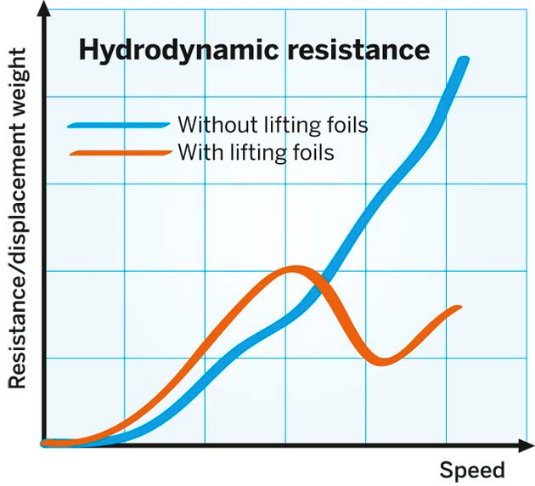

At higher speeds, drag and seakeeping capability become big issues aboard any vessel, particularly pontoons, tritoons, and even power cats. While designers have made big steps forward since the days of welding 55 Gal drums together, hauling half the ocean behind a pair or set of breaking quarter waves, there are other issues holding back performance.
Adding stability of a third toon, strakes for adding planning surface area, and underskinning to streamline the flow of water hitting masses of deck beams under the deck are clearly steps forward for “Tooning”. Yet the real problem for multihulled powerboats is that, as they gain weight with more crew and larger interior amenities, they splash their way through the waves, pushing more water. This makes keeping them dry, quiet, and fuel-efficient a big challenge. More power and larger/more motors have become the norm to counter this, requiring more structure, more weight, and definitely more fuel use in a world looking to “GO GREEN”.
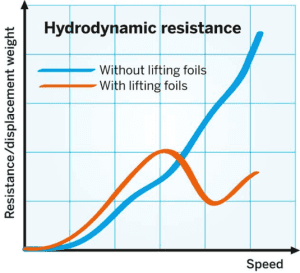

Rising above the water’s surface partially not only reduces drag, and may help reduce structural loads, but it also increases fuel efficiency and potential speed which also make for a quieter ride and less load, and wear and tear on your engine. There are different types of hydrofoiling: Full Flight, meaning the desired effect is that the boat is entirely out of the water, and Partial Flight, where the VARA® Foil or pontoon hydrofoil provides a “semi assist” flight while keeping the toons lightly touching the water for stability.
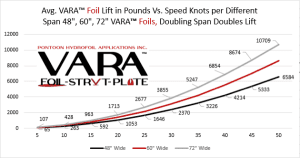

Controlling a semi-assist flight is critical to successful pontoon hydrofoiling.
VARA® Foil testing in the early days was learning fun. We did a lot of wheelies when we were learning about the hydrofoiling effect through the different speed ranges. Regulating pontoon hydrofoil flight, lift and pitch of the boat required an easily adjustable, efficient flight control system. Just like modern aircraft, VARA® Foiling boats have systems that keep them under control. This system quickly became known as a VARA® Plate. This patent pending large pitch control plate is easily installed on the outboard motor. It works in conjunction with the hydrofoil just like the wings and elevator control the flight of an airplane. If the VARA® Foil user desires more bow-down attitude, simple trim-down bumps provide bow-down pressure. Likewise, if the user desires more bow-up attitude, simple trim-up bumps provide bow-up pressure using a simple switch at the helm to control VARA® Foil flight.


Advancements in materials, designs, and structure have made hydrofoils what used to be expensive accessory add-ons affordable to the everyday boating enthusiast. This can be seen from the common wakeboard and kitesurfer up to the Americas Cup level. VARA® Foil Kits guarantee a 25% speed increase. Fuel Savings are considerably matched 20-30%.
These kits are easy to install and use, affordable, fully adjustable, and require NO permanent gluing, destructive cutting or grinding of the strakes or toons. No trailer mods needed.
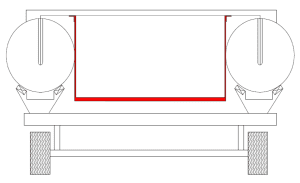

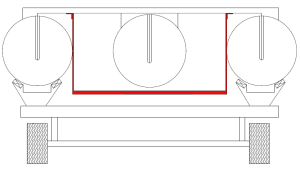

A VARA® Foil kit can be installed in the water, on the trailer, or in a lift. So, the question is: What other accessory offers the pontoon/tritoon boater a 25% minimum increase in speed, at an affordable cost and ease of install? A larger new motor can’t offer the these benefits of a VARA® Foil at anywhere near the price!
Join our next Blog, where we will discuss hydrofoil sizing, boat speed, angle of attack, and the basic effects each has on the other while hydrofoiling. Thanks for joining us,
Mike Gable PHA, Inc.
ntoon hydrofoils offer a multitude of benefits that make them an appealing choice for recreational
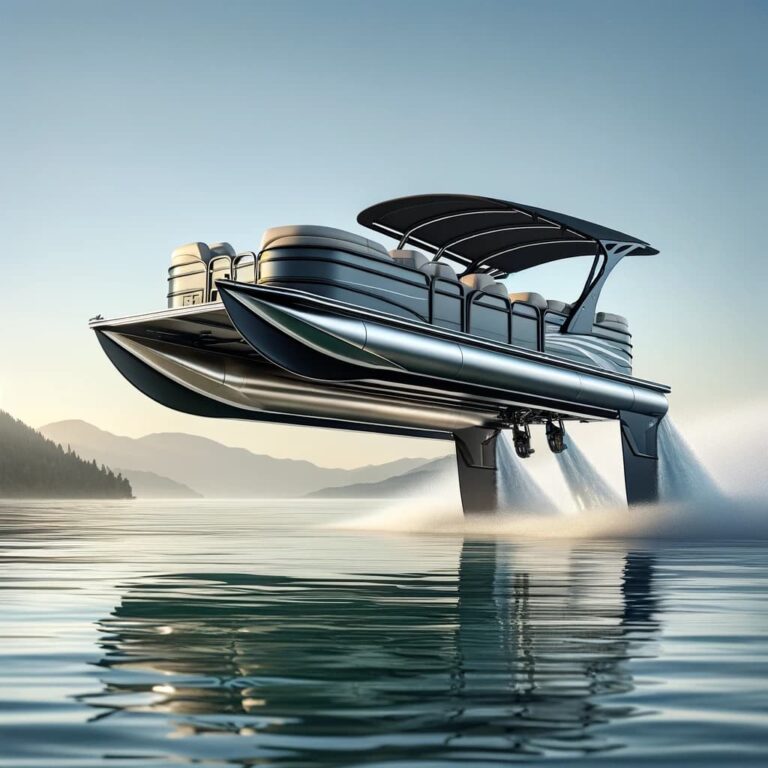

Explore the Vara Foil Kit for revolutionary pontoon boating: Enhance speed and efficiency with our
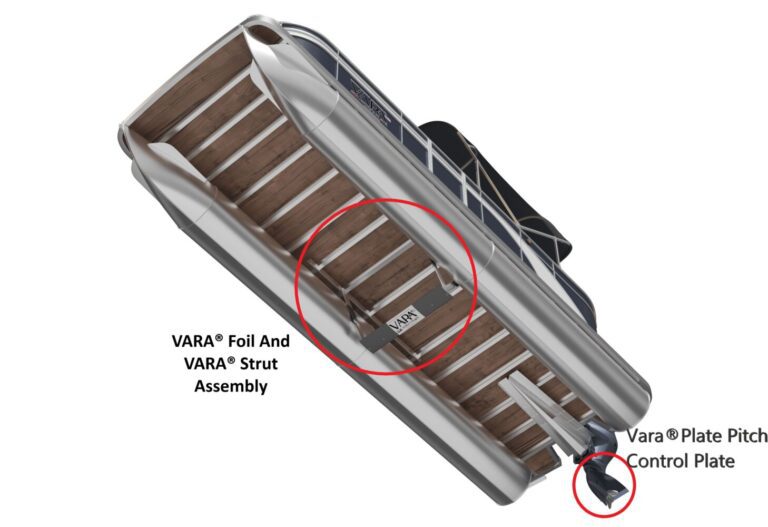

Hydrofoil for Pontoon Boat: Revolutionizing Watercraft Performance The world of pontoon boating is experiencing a